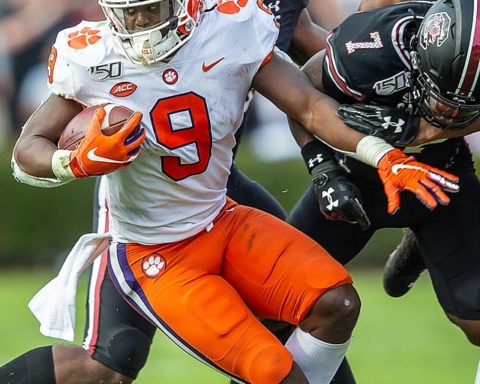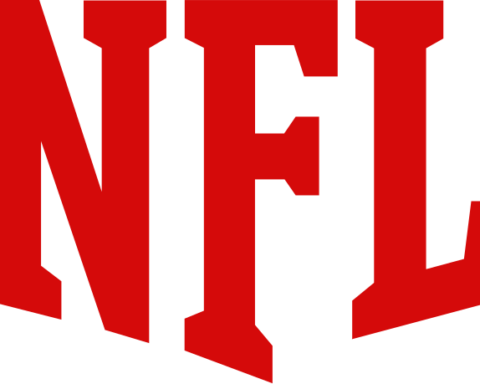Last week, Carlos Cordeiro was elected the new President of the United States Soccer Federation, replacing former president Sunil Gulati after 12 years in charge.
Cordeiro, the vice-president of the federation under Gulati, won the election with 68.6 percent of the vote after three rounds of voting. In his acceptance speech, Cordeiro was thankful and talked about how he is ready to work on changing soccer in the United States.
“I promise you I’m going to work together with all of you, to bring us all together as one united soccer community,” Cordeiro said.
This, however, is hard for many to believe any sort of real change will happen (check out the responses to Cordeiro’s tweet right after he was elected). Many see him as an “insider” due to his past positions within the federation.
This election gained significantly more importance after the United States Men’s National Team (USMNT) were embarrassingly knocked out of World Cup qualification by losing to Trinidad & Tobago. Seemingly from that moment on, change was demanded from fans and ex-players alike. How can we forget former national team player and current ESPN soccer analyst Taylor Twellman famously screaming “what are we doing?” on Sportscenter after the defeat?
The loss grabbed pretty much all the headlines (and rightly fully so), but there are many other root issues when it comes to soccer in this country that need addressing, and Cordeiro was part of the administration that oversaw these issues.
Pay-to-Play
Plain and simple, the costs related to playing soccer in this country are way too high. For example, meet the Jones family. Steve and Siobhan Jones live in northern California and have four teenage boys who play high-level club soccer. They, according to a Time Money article, “paid $17,400 for soccer-related expenses, by far the biggest item in their budget after their mortgage.”
This is divided between a team-membership fee, tournament costs, travel costs, private coaching lessons to name a few. Of course, all youth sports cost some amount of money, but soccer’s way of doing it is not as organized and thus creates exorbitant costs (there are 42 other competitive soccer clubs in the Jones’ area for some context.)
I, myself, played club soccer (despite having absolutely no future of have any sort of career). My family still paid, when all costs were taken into account, probably ended up dishing out over $1,000. This may have not been the biggest obstacle for my family, but I know it was for some of my teammates.
Now, imagine if you are actually good at soccer, pushing for a career in the game you love, relying on high-level/high-cost club teams due to your high school not giving you a platform to succeed. Imagine your parents to go into debt just for a club not to play you. This does not seem fair or right to me, and this should be one of U.S. Soccer’s top priorities along with the next on this list.
Inequality
This can be linked to the pay-to-play model mentioned earlier. In short, poorer minority, American talent is being boxed-out by the same system that allows money to determine how far you go. In an article from The Guardian, Doug Andreassen, head of U.S. Soccer’s diversity task force, understands the issues of diversity and inequality within soccer in America.
“[Andreassen] sees well-to-do families spending thousands of dollars a year on soccer clubs that propel their children to the sport’s highest levels, while thousands of gifted athletes in mostly African Americans and Latino neighborhoods get left behind,” Andreassen said.
I was lucky enough to attend a public high school in a nice area with almost always guaranteed access to a full field. Even then, some of my teammates still couldn’t afford cleats or consistent rides to schools. Now, this time, imagine you are a inner city kid, who only has access to part of a field or no access at all, playing on street corners and seemingly no way to break through in the sport you love. Cordeiro’s “Aim Higher” campaign has brought up this issue of inequality, but so did all of the other presidential candidates.
There are numerous other soccer-related issues within this country at the moment: the lack of quality coaching due to high costs (once again), whether U.S. women’s soccer players should earn as much as the men’s players (they should), trying to be awarded the 2026 FIFA World Cup (I sure hope so) and the debate of promotion/relegation in MLS and lower American leagues (I don’t want anything to do with this one).
What I do know is Cordeiro is now in charge. Despite hoping for the best to come out of this election since it was advertised as change, my fear is we just paid and got played, once again.
Photo courtesy of ussoccer.com






